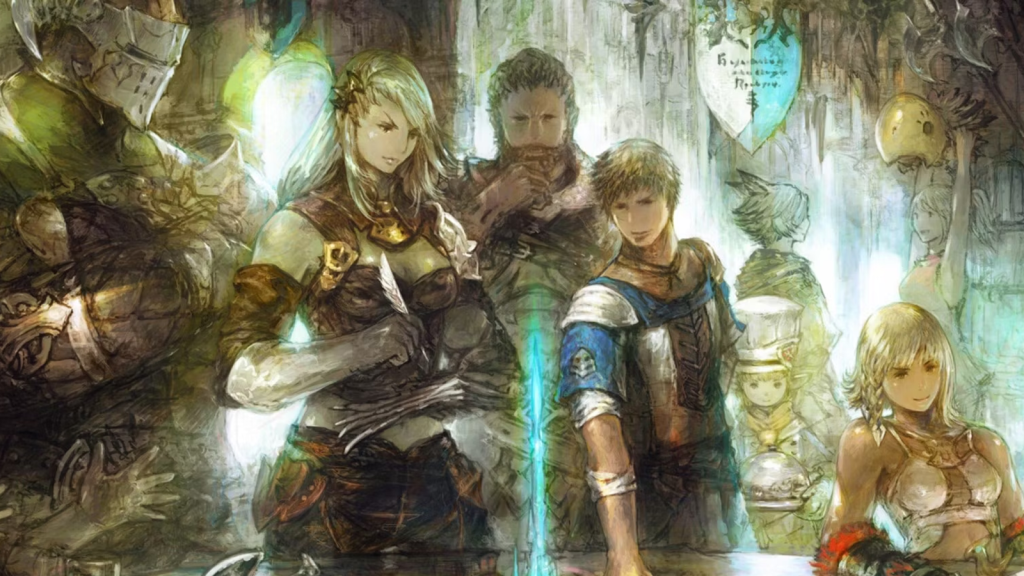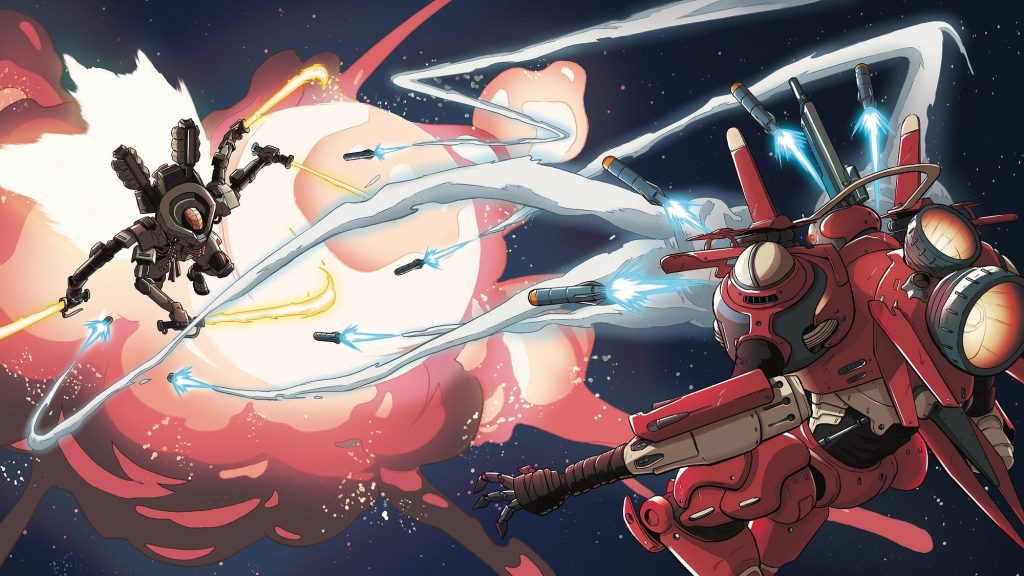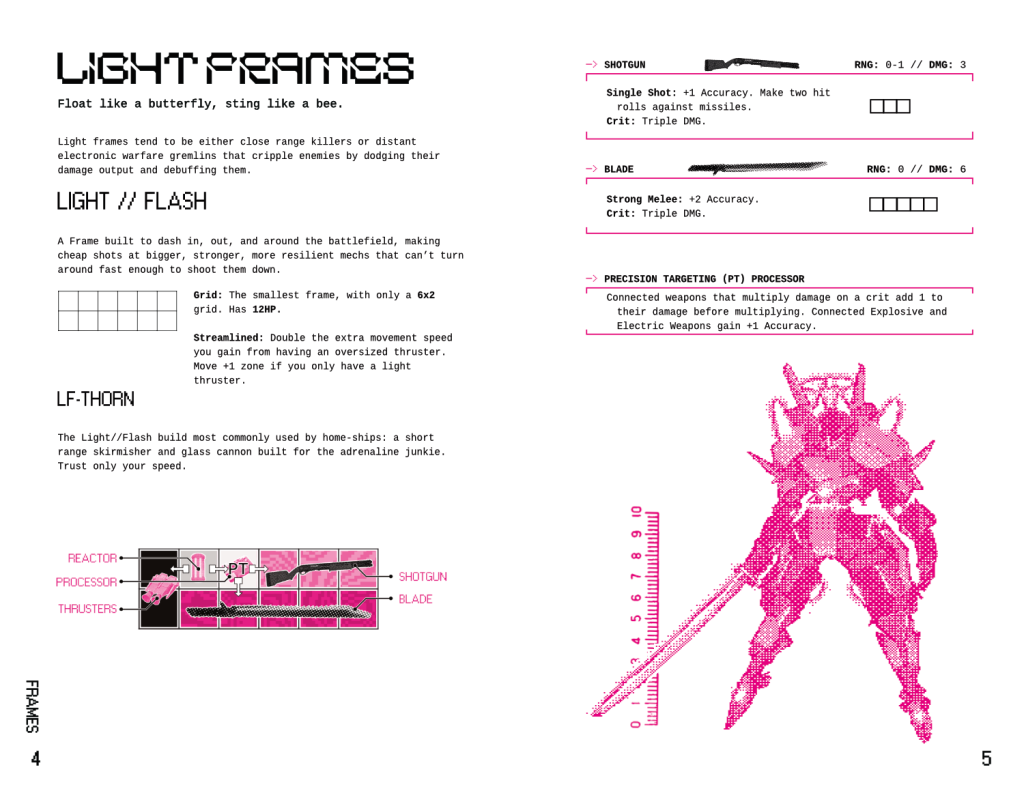Gadda has my gears turning again. A couple days ago he made a post over on bluesky talking about the aggro mechanics for the Log Horizon TRPG. Now I can’t stop thinking about aggro and enemy combat behavior in general, and I want to refine my thoughts so I can add some mechanics to my own rpgs.
The base assumption: combat is happening in a ttrpg between a party of players and one or more enemies.
The big question: how does the GM decide who to attack?
Using the broadest possible lens of analysis, all approaches can be split into either procedure or GM fiat. Either the rules of the game specify how to assign targets, or it is done arbitrarily by the referee. This classification is pretty unhelpful. What are our goals when we assign targets? If we fall back to GNS theory, we can get a better idea of some strategies:
- Assign targets in order to create a challenging game of tactics
- Assign targets in order to create compelling stories
- Assign targets based on what that combatant would “actually” do

Log Horizon incentivizes the accurate simulation of an MMO, but ultimately leaves the choice of who to attack up to the GM. Each player character has a “Hate” value — a representation of accumulated “aggro”, and the character(s) with the most Hate are designated with the status “Hate Top”. Everyone else receives the status “Hate Under”. Enemies deal bonus Hate damage to characters with the Hate Top status, and characters with the Hate Under status have a bonus to their dodge rolls.
This encourages the GM to attack the person with the most Hate while giving them the flexibility to target other characters for narrative or tactical reasons. It also makes it more likely that Hate Under characters will dodge incoming attacks, allowing an aggro-generating tank to passively mitigate damage for the party.
Skills in LHTRPG can come with a Hate cost, which increase a character’s Hate level when they use that ability. A character’s Hate level can also decrease if they get hit with an enemy attack. This passively encourages the GM to spread out attacks evenly rather than focusing on one person and completes the resource balancing puzzle for tanks.
Using our frameworks from before, aggro is ultimately handled through GM fiat, but with procedural incentives to simulate a specific setting.
Let’s look at a few other systems, rapid-fire fashion:

In the Final Fantasy XIV ttrpg, attacks are strictly procedural. Enemy abilities specify targets, such as “the character furthest away” or “the character who most recently attacked”. Tank characters also have the ability to draw enmity to themselves through abilities. I was able to play through the starter set scenario of this game, but unfortunately I don’t own a copy of it to reference the specific details.

In Lancer, information is almost completely transparent across the battlefield. Players know exactly what type of enemy they are facing and how much health they have. Combat functions much more like a wargame than a roleplaying scenario, and GMs can throw their full tactical weight into assigning attacks in order to challenge their players. There is no hard or soft form of aggro management and all considerations are tactical in nature.

Celestial Bodies is another ttrpg with soft incentives similar to Log Horizon. Players with lighter mechs are able to move faster, and moving larger distances generates higher evasion. Evasion is compared with enemy accuracy, and the combatant with the higher number is able to influence how damage is applied in an attack. This allows faster players to turn deadly attacks into glancing blows, and incentivizes the GM to attack slower more vulnerable targets.
Aggro management assumes that there are optimal and unoptimal configurations of enemy attacks. By providing players with the tools to influence or outright direct the targeting of attacks, it becomes easier for the GM to run combat scenarios by reducing the turn-by-turn amount of decision-making. It also provides feelings of player agency and reduces negative bleed by making them responsible for part of the attack process.
I think these mechanics work well for games with strong “gamification” tendencies, because they enhance tactical fun. On the other hand, I’m not sure they work well for games which are more concerned with compelling narrative than granular combat.
